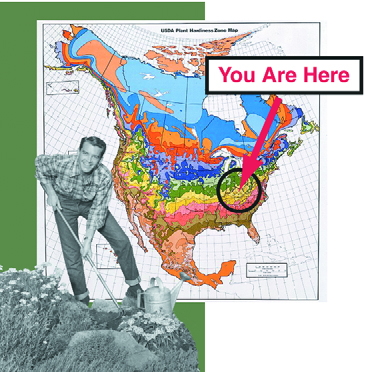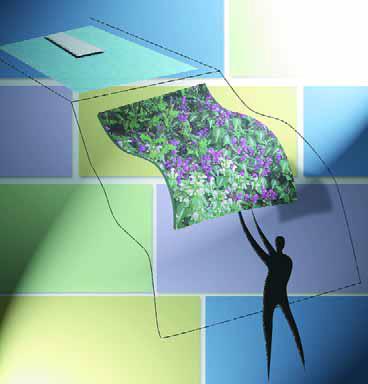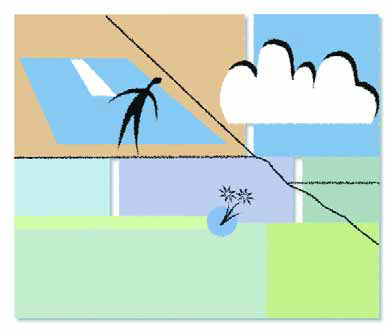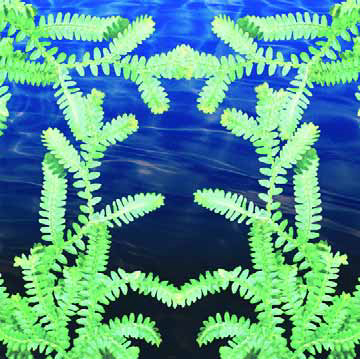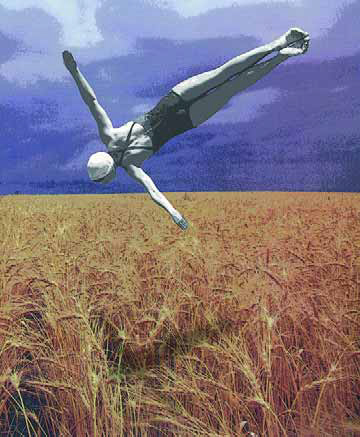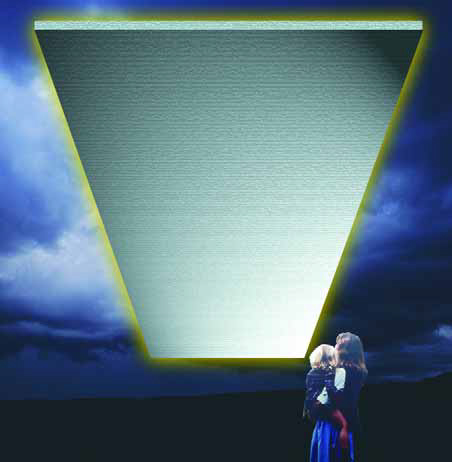Landscape, Plants, Hardscape & Decks
Transforming a tired, old swimming pool into an inviting naturalistic environment is always a challenge, but when the client is Playboy's Hugh Hefner, the project becomes an adventure as well. The original lagoon pool at Playboy Mansion West in Los Angeles, Calif., is still in great shape as a result of outstanding design, construction and maintenance. In expanding the property to include the estate across the street, the plan was to create a "luxury annex" for the main compound. Among the extensive renovations undertaken at the new property was the complete renovation of the backyard and its swimming pool. As was the case with the famed pool and grotto, the concept was to
We're all familiar with the climatic differences we experience in areas that get lots of snow as opposed to places that seldom (if ever) experience freezing conditions. These not-so-subtle climate distinctions mean a lot to us as human beings - and have even more meaning in the world of plants and landscaping. That's why almost every one of my columns about plant selection has contained a disclaimer about checking with your local nursery to see if a particular plant will grow in your area. That's also why the experts have developed a variety of
Throughout recorded history, people have tried to control the elements in every which way they can. We plant trees to block the wind, build levees to hold back rising river water and dikes to hold back the seas. We build skyscrapers that defy gravity, winds and earthquakes. For all of this ingenuity, however, we sometimes don't do a very good job. When our efforts to control the elements fail on a large scale, we witness catastrophes that
Last time, we talked about planters, terracing and a couple other techniques for stabilizing slopes and making them look great as backdrops or foregrounds for hillside or hilltop watershapes. We left for this column the important discussion of what to plant in these spaces. In making these suggestions, I'll discuss soil-binding plants and other ground covers that contribute specific desirable qualities to landscape settings. My reasoning is simple: Although sod is a great ground cover and is certainly versatile, I believe that having a broader and more decorative
Everyone knows that hanging a pool, pond, or spa off a slope can make quite a dramatic statement, which is probably why so many great watershapers love working on hillsides. But the project doesn't begin and end with the vessel: In fact, placing a watershape on an incline also presents a range of landscape-related issues that must be addressed, whether it's a matter of aesthetics, code or safety requirements or simple
One of the keys to designing effective spaces for human occupation is to create opportunities for movement from one place to another. This component of mobility adds functionality and utility to just about all spaces while keeping them vital and interesting. In watershape design, we have several options when it comes to introducing mobility to our work, including pathways and bridges that lead to
Very often when I'm selecting a plant palette with a client, I'll hear the words, "I hate ferns." I'm not sure what it is about these botanical beauties that evokes such a visceral reaction from people - except maybe that they were overused in floral arrangements during the 1970s and 1980s? I'm not sure what's going on here, and if any of you know a soild reason for this dismissal, please educate me! For my purposes, ferns are one of the most versatile plants available. They typically prefer
Last month, we discussed ornamental grasses and their place as the most natural of all companions for watershapes. Now it's time to look at a few of your grass options, including something for just about every need and taste. Ornamental grasses come in such a wide range of sizes, climate preferences and colors that there really is at least one choice that will work in any client's yard. With so many choices, I'll have to narrow the list down to my personal favorites here. I'll also be suggesting some plants that aren't traditionally considered to be ornamental grasses; these are some "grass-like" plants I use as required to meet a particular design's needs. As always, I recommend
Images of waterways almost anywhere in the world are filled with gentle sweeps of free-flowing grasses swaying in the breezes or simply lazing by the water's edge. From a watershaper's perspective, these grasses are arguably the most versatile of all plant materials. In one form or another, they exist and thrive in almost every environment in the world. They can be used by themselves to lend a natural feeling to a stream or pond, next to a contemporary watershape to make a bold statement or nestled among almost any other plants in any landscape style to soften and add texture. One of the best things about grasses (particularly the taller ones) is how gracefully they wave in the wind, adding an element of
If you're a watershaper of any kind, odds are that you build concrete slabs. You build them to create decks, set up equipment pads, establish sub-bases for finish materials - and for a variety of other essential construction purposes. No matter the application, it's important to build these slabs to last, which invariably means building them correctly. This isn't something that's important just for mega-buck projects: No matter whether you're working on $20,000 cookie-cutter pools or on custom projects at the very highest level, knowing how to











